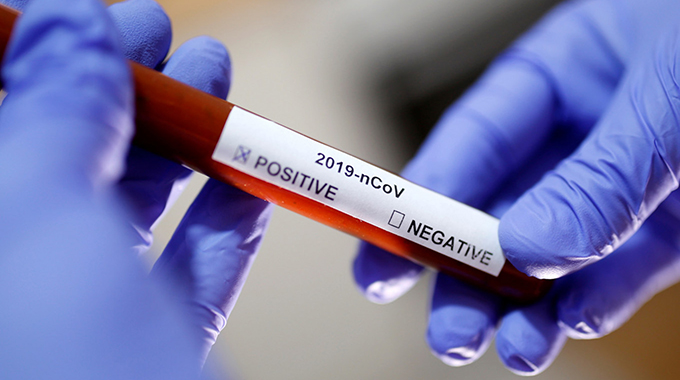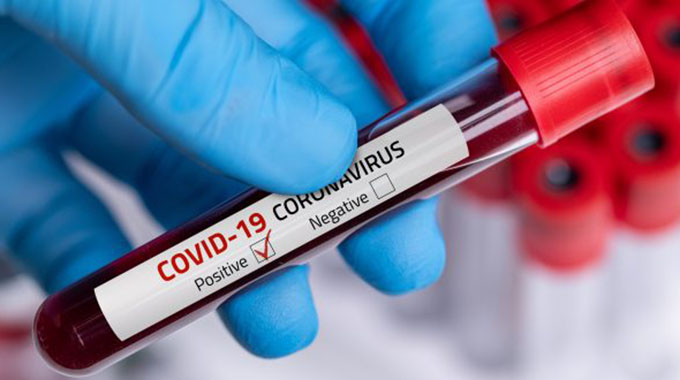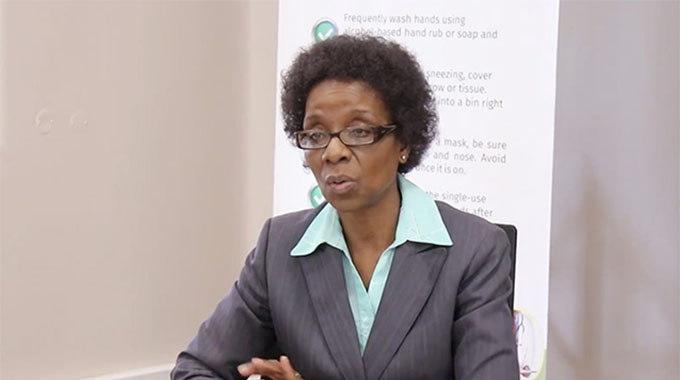Can plasma from COVID-19 survivors help save others?

Kai Kupferschmidt
On March 13, with the COVID-19 pandemic exploding and drugs elusive, Arturo Casadevall published what he considers “maybe the most important paper” of his long career.
In The Journal of Clinical Investigation, the infectious disease specialist at Johns Hopkins University and Liise-anne Pirofski of Albert Einstein College of Medicine argued that one effective treatment might already be at hand: the blood plasma of people who have recovered from the disease, rich in antibodies against the virus.
The strategy seems to have worked in other infections, the duo pointed out, and the infrastructure for collecting and administering plasma exists. The risks are known and comparatively low. “We recommend that institutions … begin preparations as soon as possible,” they wrote. “Time is of the essence.”
Ten weeks later, more than 16,000 patients at hundreds of US hospitals have received the experimental therapy, and hope that it works could soon give way to evidence. A study of patients treated with serum at Mount Sinai Hospital in New York City, published as a preprint on 22 May, offers hints it may, as do other small studies elsewhere. But randomized controlled clinical trials (RCTs) that will give more definitive answers are still underway.
Blood or plasma from recovered patients has been tried as a therapy since at least the Spanish flu of 1918; reports from that pandemic suggest it helped. It has also been used to fight measles, severe acute respiratory syndrome, and lesser-known diseases such as Argentine hemorrhagic fever. In a 1970s study of 188 patients with that disease, only 1 percent of plasma recipients died, versus 16.5 percent in a control group. “I think that it has a high likelihood [of working] based on history,” Casadevall says.
But some examples are less encouraging, says Marylyn Addo, an infectious disease specialist at the University Medical Center Hamburg-Eppendorf. In a study of 84 Ebola patients in Guinea in 2015, doctors did not see a benefit from convalescent plasma. (It’s not clear why; perhaps the plasma just didn’t contain that many potent antibodies.) And the treatment carries risks: Transfusions can transmit blood-borne pathogens, and in rare cases lead to conditions such as transfusion-related acute lung injury (TRALI), in which transferred antibodies damage pulmonary blood vessels, or transfusion-associated circulatory overload (TACO), when the patient’s body doesn’t adapt to the added blood volume, which can be up to half a liter. Both can lead to difficulty breathing and death. Using convalescent plasma is “an interesting concept, but I’m rather cautious,” Addo says.
Chinese doctors began to experiment with convalescent plasma in COVID-19 patients in January. In an April study published in the Proceedings of the National Academy of Sciences, they reported that 10 out of 10 plasma recipients improved, whereas three out of 10 “matched controls”—people with the same characteristics who didn’t get the treatment—died. Further small studies from China, Italy, and elsewhere also looked promising.
The Mount Sinai case series is the largest so far. The researchers didn’t take the time to set up a randomized trial because “time was a luxury we didn’t have in NYC,” Mount Sinai virologist Nicole Bouvier, one of the study’s authors, wrote in an email. But because plasma was scarce in the early phase of the pandemic, plenty of patients did not get it, enabling the team to set up a matched control trial comparing 39 severe COVID-19 patients who received plasma with four times as many patients who didn’t.
The difference in mortality—12.8 percent in the plasma group and 24.4 percent in the control group—was not statistically significant, but when the team compared the patients’ supplemental oxygen needs after transfusion, those on plasma did significantly better. The matched-control design can lead to biases, Bouvier concedes, but “at least we showed that there is some benefit to convalescent plasma.”
The same researchers are already working on a study looking at data from about 275 treated patients, she says.
Nahid Bhadelia, an infectious disease physician at Boston University, agrees the data so far are promising, but says only an RCT can give a final answer. “We clearly need rigorous clinical trials,” concurs Klaus Cichutek, head of the Paul Ehrlich Institute, the regulatory agency in charge of blood products in Germany. Such trials are now underway in Germany, the United Kingdom, and the United States; results are expected in the months ahead.
Researchers have already collected more data on complications, and they seem to be rare. A U.S. paper looking only at the therapy’s safety in the first 5000 patients found 36 severe adverse events, including TRALI and TACO cases, but some may have been the result of COVID-19 itself. Only two events were “definitely related” to the transfusion, according to the treating physician; 23 others were deemed “possibly” or “probably” related. “I wouldn’t say the [safety] concerns have been put to rest, but they have been given a nap,” says one of the authors, Michael Joyner of the Mayo Clinic.
Convalescent serum could also help prevent infection in those at high risk. In a trial coordinated by Johns Hopkins, 150 health care workers exposed to COVID-19 while not wearing proper protection will receive either convalescent serum or serum collected last year. Researchers will compare how many people in each group develop disease.
If convalescent plasma is shown to work, much more of it may be needed, and supply could become a challenge, Bhadelia says. One plasma donation—the volume depends on the donor’s weight but it’s usually between 690 and 880 milliliters in the United States—is enough for just one or two patients, and the donor’s blood type needs to match the recipient’s. But recovered patients might be able to donate plasma multiple times. In New York City, there is now more than enough to go around, in part because thousands of members of the hard-hit Orthodox Jewish community have donated.
Consistency is also an issue. The mix and concentration of antibodies differs from one donor to the next, which “is one of the unfortunate reasons why the clinical evidence generated around convalescent plasma has remained rather shallow,” says Thomas Kreil, head of pathogen safety at Japanese pharma company Takeda. Together with several partners, Takeda is working to produce a product called hyperimmune globulin, for which the blood of hundreds of recovered patients is pooled and the antibodies concentrated about 10-fold. Hyperimmune globulin has a longer shelf life than plasma, and its higher concentration would allow doctors to give more antibodies to patients without the risk of TACO. An efficacy trial, funded by the U.S. National Institutes of Health, could start this summer.
The last time Takeda produced hyperimmune globulin was for the 2009 H1N1 influenza pandemic. The company concentrated antibodies from 16,000 liters of convalescent plasma, yielding enough product to treat thousands of patients. But the flu strain proved milder than anticipated and the treatment was never used. Survivor antibodies will probably have a bigger role this time, Bouvier says. “My suspicion is that hyperimmune globulin can be prepared and manufactured before we’ll have a viable vaccine.”- sciencemag.org







Comments